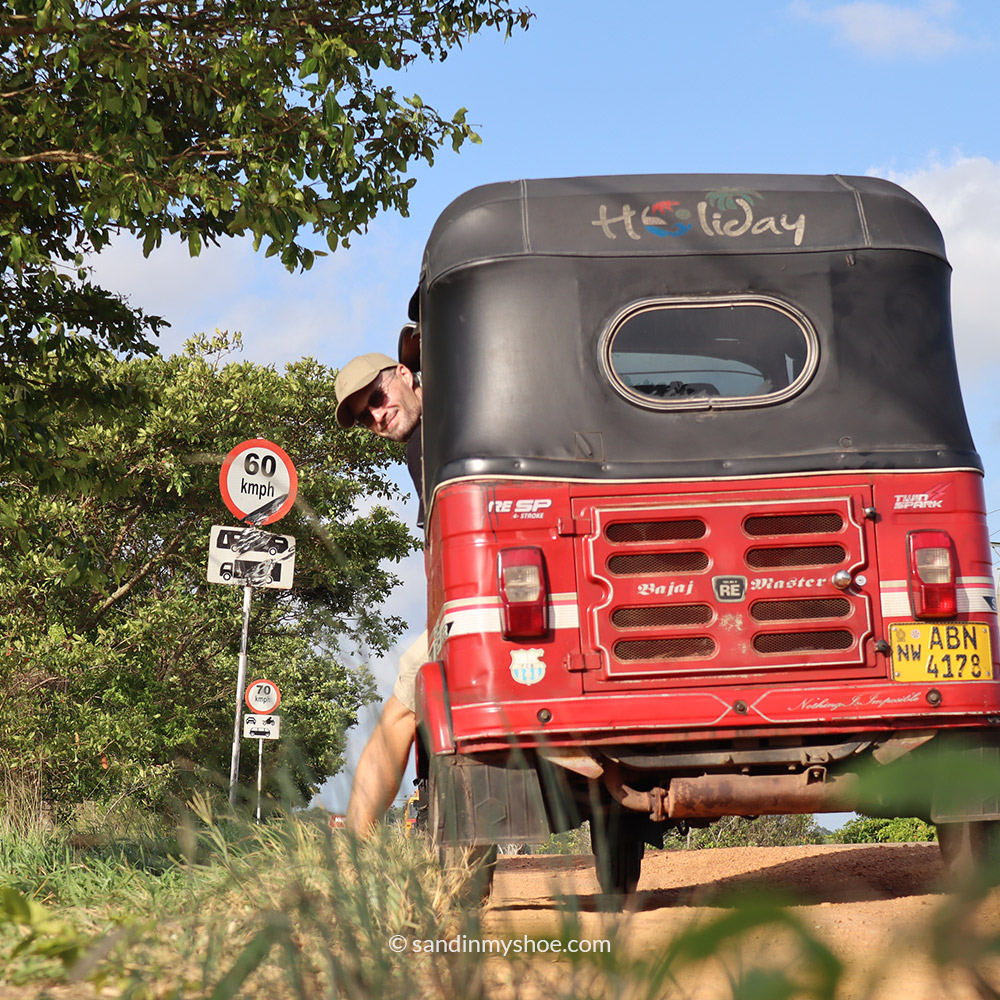
From spotting leopards in Wilpattu National Park to exploring the ancient ruins of Anuradhapura and climbing Lion Rock in the Cultural Triangle, my days were packed with adventure. I surfed the waves at Arugam Bay and even came face-to-face with a wild elephant while driving my tuk-tuk on the roads of Sigiriya.
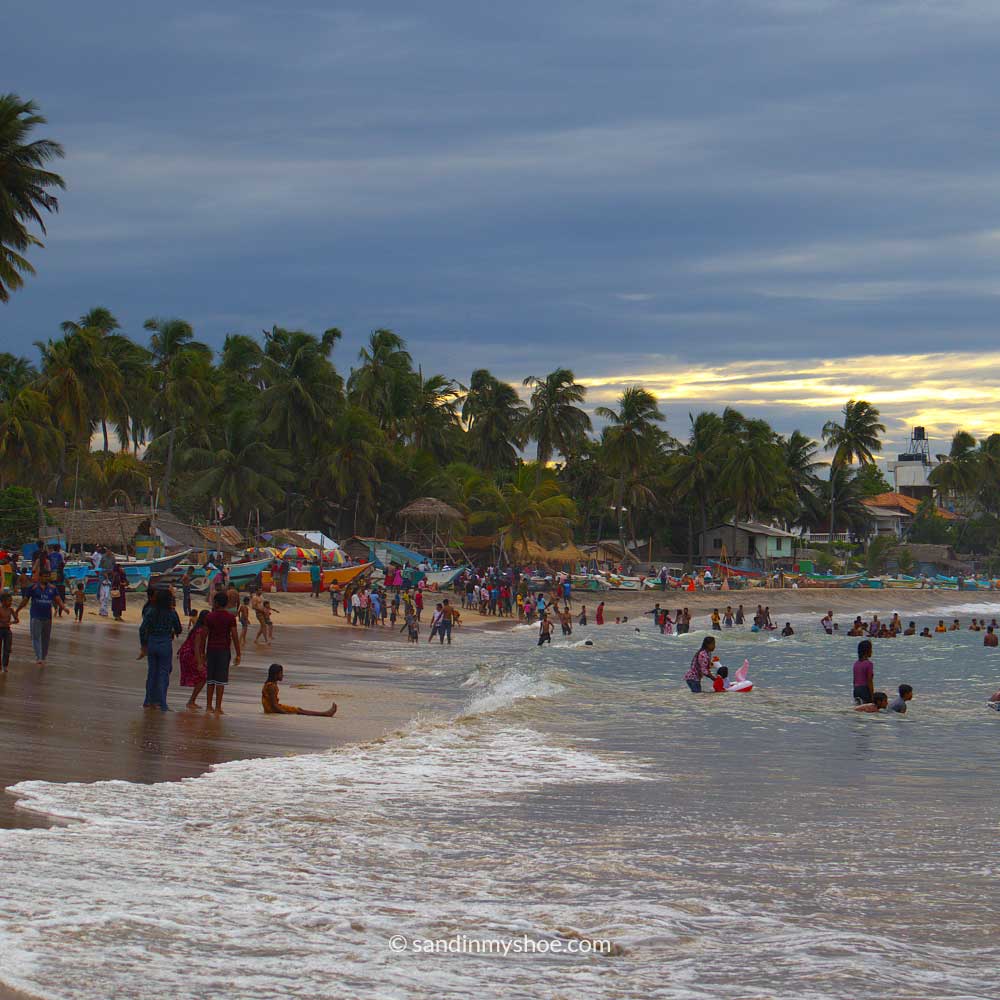
I tracked nearly every expense—accommodation, food, safaris, entrance fees, and transport—whether in a tuk-tuk, bus, or the scenic train ride to Ella.
If you’re planning your own trip to Sri Lanka and wondering what it might cost, you’re in the right place.
This post contains some affiliate links to some carefully picked best-value accommodations and activities. If you book through these links, I may earn a small commission at no extra cost to you. It helps me keep this blog running—thank you for your support!
Sri Lanka Travel Budget: How Much Do You Need?
The cost of traveling in Sri Lanka depends a lot on your travel style. If you stick to local food, buses, and very simple guesthouses or dorms, you can get by on as little as $18 a day—but you would need to skip many of the tourist activities. On the other hand, those who prefer nice hotels, guided tours and private chauffers will naturally spend more would be looking at a budget above +$120 per day.
I travelled alone and spent around ~$60 per day in Sri Lanka, which totalled to ~$1250. That included staying in private rooms, going on a safari, surfing, hiring a personal tuk-tuk for 17 days, and eating well—mostly at local places since I prefer eating at local canteens and restaurants. For that budget I felt that I slept and ate well, and did enough activites to be satisfied with my trip.
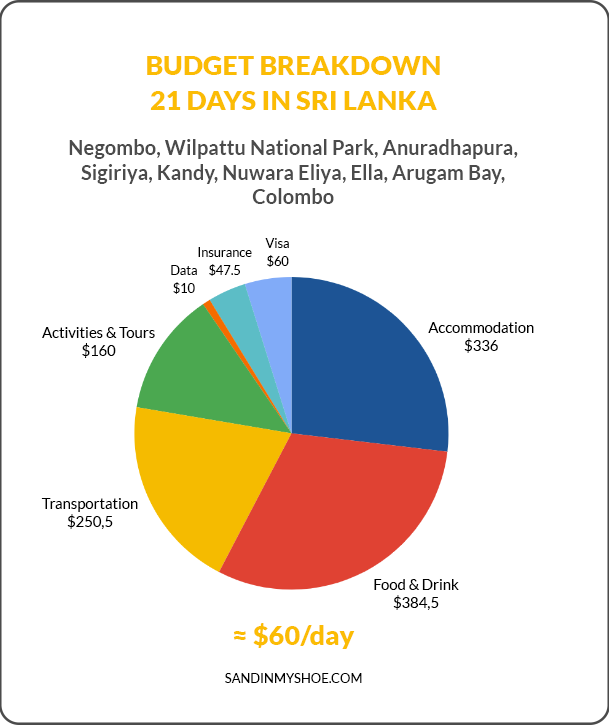
My budget puts me in the flashpacker range, spending a bit more than a backpacker but still keeping things affordable compared to mid-range or luxury travel. If you are planning to travel with a partner, you could experience the same trip for roughly $45 per person per day by sharing major costs like accomodation and tuk-tuk rental.
To give you a clear idea of different budgets, here’s what I recommend in Sri Lanka:
| Category | Backpacker ($) | Flashpacker ($$) | Mid-range ($$$) |
|---|---|---|---|
| Accommodation (per night) | $5–10 (hostels, homestays) | $15–25 (decent private rooms with ensuite bathroom) | $30–60 (nice hotels, villas, resorts) |
| Meals (per day) | $5–8 (local eateries, street food) | $10–20 (mix of local & cafés) | $20–40 (restaurants, higher-end cafés) |
| Transport (per day) | $3–7 (buses, trains, shared tuk-tuks) | $10–25 (private tuk-tuks, occasional taxi) | $30–60 (private driver, rental car with driver) |
| Activities / Entrance fees | $5–15 (temples, budget safaris, DIY tours) | $15–30 (surf lessons, day tours, shared safaris) | $40–50 (private tours, safaris, diving) |
| Daily Total | $18–40 | $50–100 | $120–210 |
Next, I’ll walk you through the details behind the numbers—everything from accommodation and food prices to safari costs and entrance fees.
Accommodation Costs in Sri Lanka
Accommodation often takes up a big part of the travel budget. However, in Sri Lanka you can find privates rooms with ensuite bathrooms in homestays for as little as $6. I stayed in homestays almost throughout my trip, paying between $6 and $25 per night. The most expensive nights were in Arugam Bay. Accommodation cost me $336 in total for 21 nights, averaging $16 per night.
Most of the accommodations I stayed at were outside the main tourist areas. Since I had my own tuk-tuk, getting around was always easy. I usually negotiated prices and paid in cash, which often got me better deals. If you’re looking for similar bargains, you’ll need to explore in person and negotiate—something that can be stressful for some travelers, as it means not having bookings in advance.
Here are some of the best-value accommodations in Sri Lanka that you can book today.
Best Value for Money Stays in Sri Lanka
Negombo
Anuradhapura
Arugam Bay
The accommodations featured here are selected based on personal experience or thorough research. Each option provides excellent comfort, location, and service while delivering the best value for your money.
Food Costs in Sri Lanka
Food is usually another big part of a travel budget, but if you stick to local spots and avoid Western restaurants like the plague, it can get very cheap. The price of food here is a true rollercoaster: at a local canteen, a good lunch with meat goes for around 450 LKR (~$1.5), while on Arugam Bay’s walking street, a tasty burger is closer to $15.
Same goes for coffee, which can cost just 50 LKR ($0.20) at a local café, or skyrocket to 1,500 LKR ($5) at a fancy Western spot. Keep in mind, though, that the local coffee is often weaker than what westeners are used to. A local beer typically costs around 1000 LKR ($3.3) in restaurants and bars, and about half that price in stores.
Personally, I spent $443.5 on food, alcohol and coffee during my whole stay. Roughly ~$20 per day. Can easily be done with $10 per day as well.
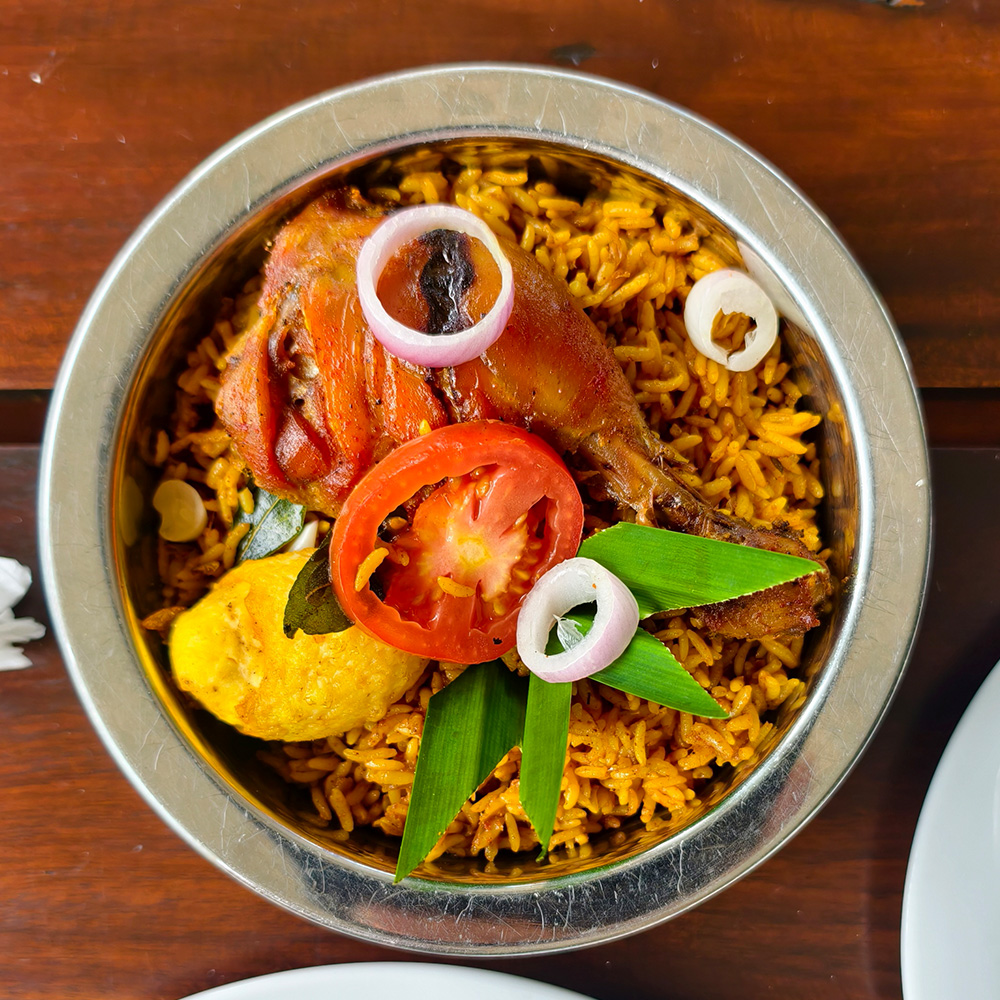
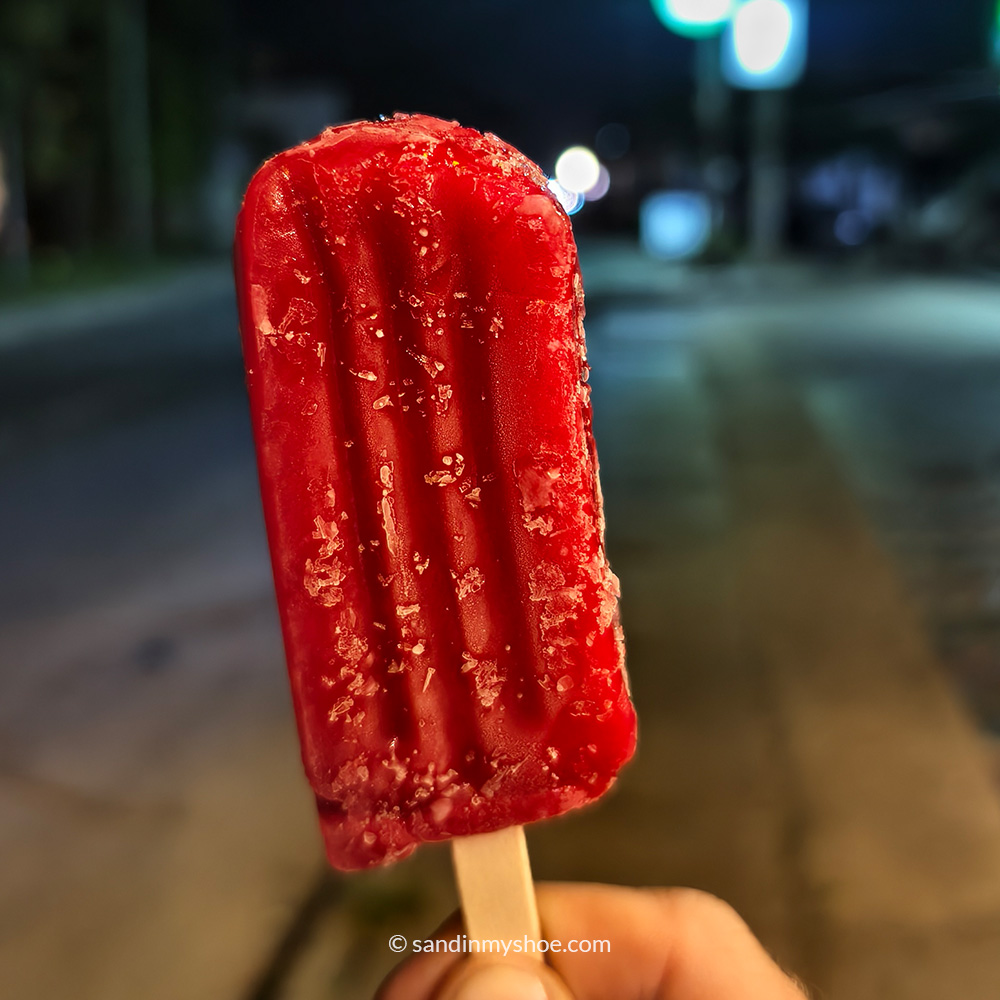
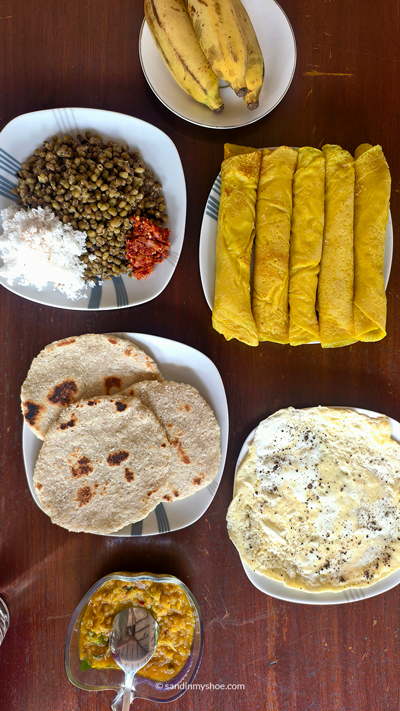
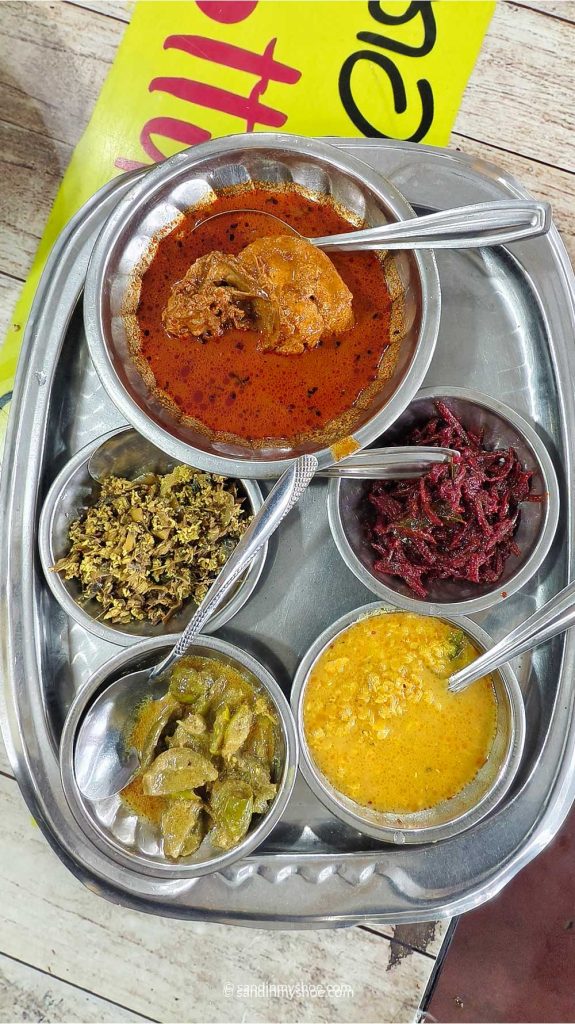
Cost of Transportation in Sri Lanka
Sri Lanka is fairly easy to get around by public transit, but buses and trains can get very crowded. The most comfortable options are hiring a car with a driver or renting your own tuk-tuk, which gives you the freedom to explore at your own pace. While some domestic flights are available, most travelers rely on land-based transport to get around the country.
My transportation costs came to $250.5, which included 17-days of tuk-tuk, gas, scenic trainride and taxis.
Cost of Renting your own Tuk-Tuk
My daily rental cost for the tuk-tuk was $10, which even included engine breakdown insurance. Over the course of my trip, I drove more than 1,000 km across Sri Lanka. Fuel turned out to be surprisingly affordable—about $1 per litre—and with a consumption of roughly 4 litres per 100 km, costs didn’t add up too quickly.
In total, I spent $170 on the rental and $40 on fuel, bringing my transport costs for 17 days to $210. Considering the freedom it gave me, I’d say that was great value.
That said, driving a tuk-tuk wasn’t always fun. The maximum allowed speed is 40 km/h, which meant I spent at least 25 hours on the road. At times it got tiring and even a bit boring. Add to that the fact that traffic in Sri Lanka is left-sided, and you can imagine the challenges. Being used to right-hand traffic, I had a few close calls when fatigue kicked in.
Thinking of hitting the road in your own tuk-tuk?
Check out my Sri Lanka Tuk-Tuk Guide, where I break down real costs, recommended routes for 1–3 week trips, and what it’s really like to drive one through the country. I also cover how to choose a reliable rental company—so you won’t end up with a broken-down tuk-tuk or overpaying.

Cost of Travelling Short Distances
In larger cities, there are plenty of buses, and you can also use Sri Lanka’s version of Uber, called PickMe—the easiest way to get a fair price for taxis and tuk-tuks. In smaller towns, however, most drivers don’t use apps, so you’ll need to negotiate fares directly.
For reference, I paid 900 LKR (~$3) for a 10 km tuk-tuk ride from the airport to my accommodation, and roughly the same price for a 4 km ride. Both were booked through the PickMe app, which means fares vary depending on demand—just like in many other countries.
Keep in mind that prices can be much higher in very touristy areas, where drivers notoriously avoid using the app so they can charge more.
In total, I paid about $40 for short-distance travel during my Sri Lanka trip, mainly for tuk-tuks at the start and end of my journey.
Cost of Riding the Scenic Trainride to Ella
This scenic train ride can be taken all the way from Kandy, but the most picturesque section starts near Nuwara Eliya. I paid just $0.50 for a 3rd class ticket from Nanu Oya to Ella—a shamefully cheap price for such a picturesque journey (though the views were partly hidden due to the mist). I was a bit bummed that the observation car tickets were sold out, so make sure to book in advance if you want the best seats.
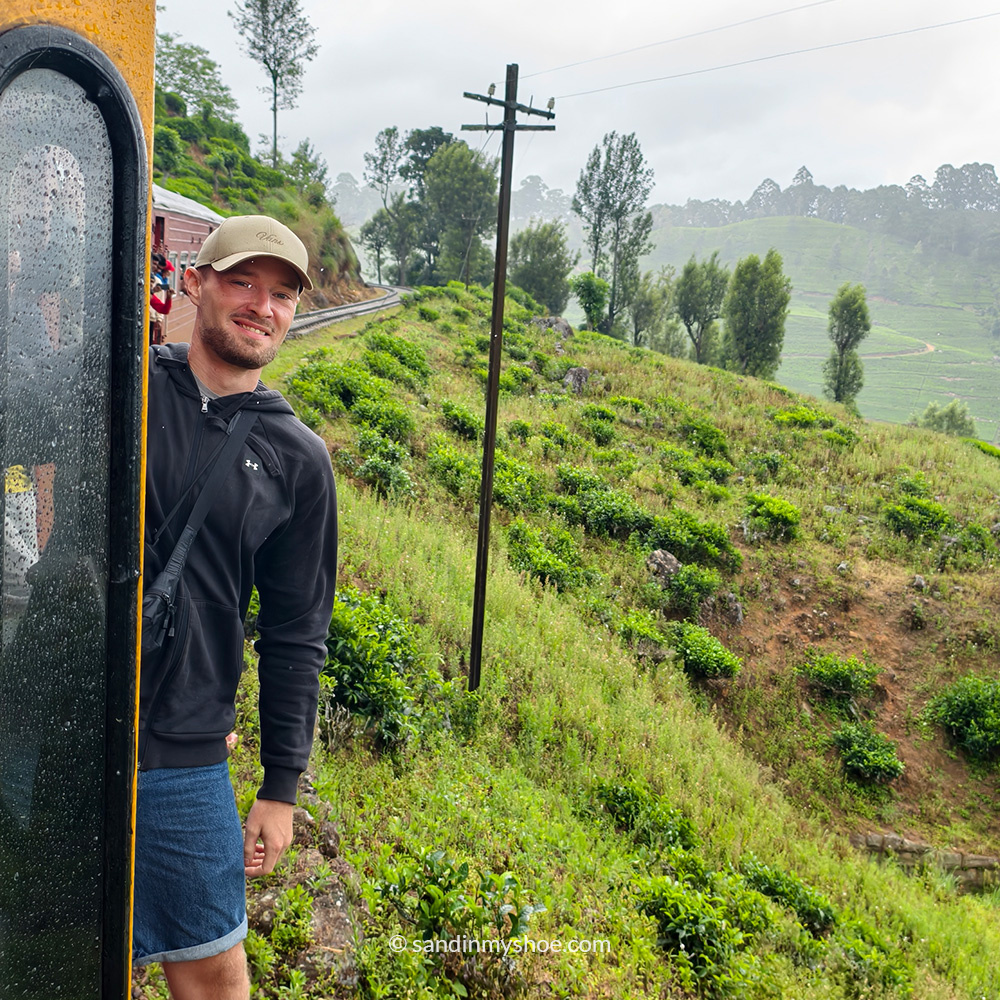
Nuwara Eliya (Nanu Oya) – Ella
- Duration: ~4 hours
- 3rd Class: Trains get crowded, so arrive about 30 minutes early to secure a seat. Tickets are purchased at the counter. Cost: 160 LKR (~$0.50)
- Observation Car (First Class): Tickets cost around $10 USD. Air-conditioned with panoramic windows for unobstructed views of Sri Lanka’s scenic landscapes. Booking in advance is recommended.
Kandy – Ella
- Duration: ~6 hours
- 3rd Class: Tickets cost around 1,500 LKR (~$4.50) and are purchased at the counter.
- Observation Car (First Class): Approximately $30 USD. Air-conditioned with panoramic windows for unobstructed views of Sri Lanka’s scenic landscapes. Booking in advance is recommended.
Cost of Long-Distance Routes from Colombo
Here’s an overview of what you can expect to spend on long-distance transport in Sri Lanka. The cheapest option is traveling in 3rd class on trains or buses—an experience in itself. For a bit more comfort, it’s worth paying for at least 2nd class.
Colombo – Kandy
By train (2nd / 3rd class): $3–5 (LKR 1,200–1,900)
By bus: $0.50–9, depending on type (non-A/C cheaper, A/C higher)
By car/driver: $60–70
Colombo – Ella (via Kandy/Nuwara Eliya)
By train (2nd / 3rd class): $6–10 for regular classes; premium/reserved higher
By bus: $10–13 (Superline / express buses)
By car/driver: $120–150+
Colombo – Sigiriya / Dambulla
By bus: $2–5 (to Dambulla, then tuk-tuk to Sigiriya)
By car/driver: $80–100+
Colombo – Arugam Bay (East Coast)
By bus (10–12 hrs / overnight): $8–12 depending on bus quality
By car/driver: $150–180+
Colombo – Galle (South Coast)
By train (2nd class): $1.50–3
By bus: $2–4
By car/driver: $70–90+
Cost of Activities in Sri Lanka
The cost of activities in Sri Lanka usually includes safaris, entrance tickets to cultural sights, surfing classes, tea tastings and board rentals. For me these costs totalled up to $160.
Cost of Safaris
Going on a safari in Sri Lanka is a must-do. While Sri Lanka has many national parks, four are especially popular—and for good reason.
Yala is the most popular, famous for its high amount of leopards. Minneriya draws crowds for its huge elephant gatherings, although Udawalawe has the largest wild elephant population. And Wilpattu, the largest of them four, is a little off the beaten track—perfect for a more authentic experience where you can spot leopards and elephants.
The safari experience can vary greatly on the guide’s knowledge, so it’s important to choose an organizer that has good reviews. In addition to the organizer’s fee, you usually pay the park entrance fee on top of the organiser’s cost. Generally, a half day morning tour is enough for many tours, especially in Minneriya and Yala.
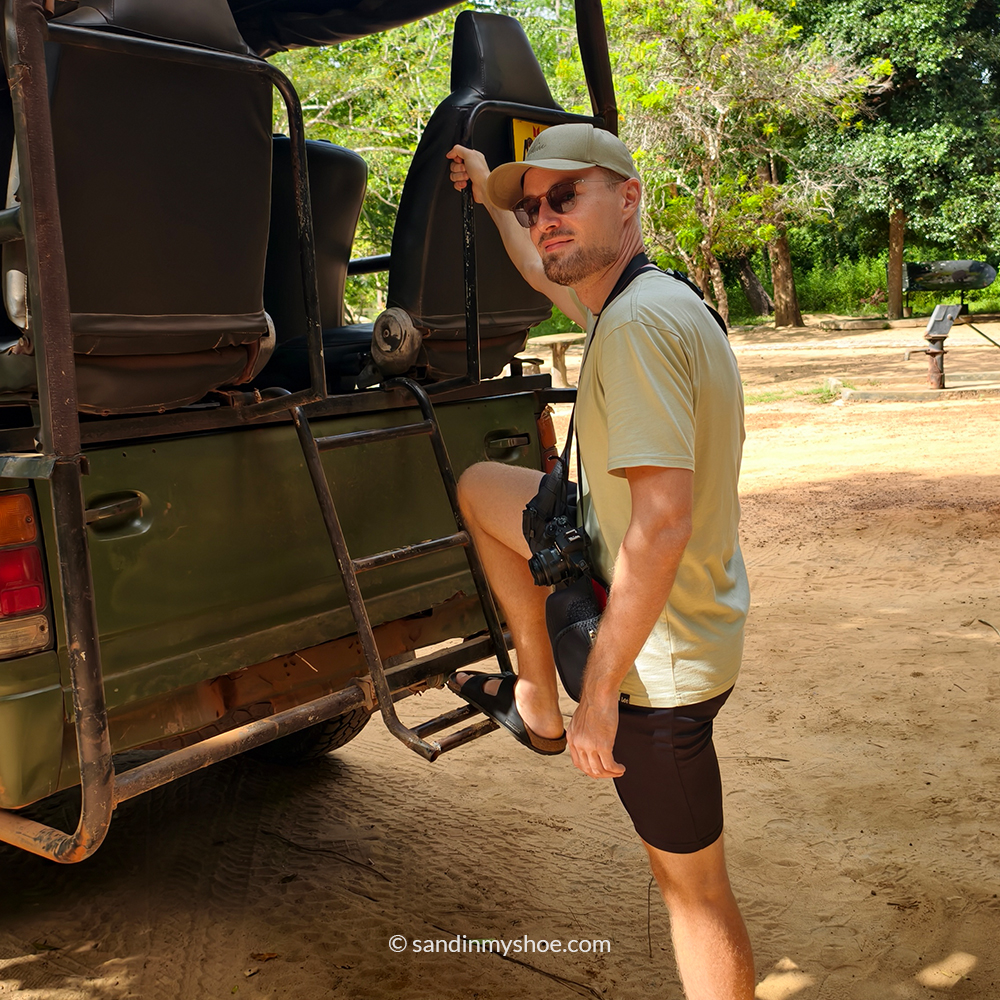
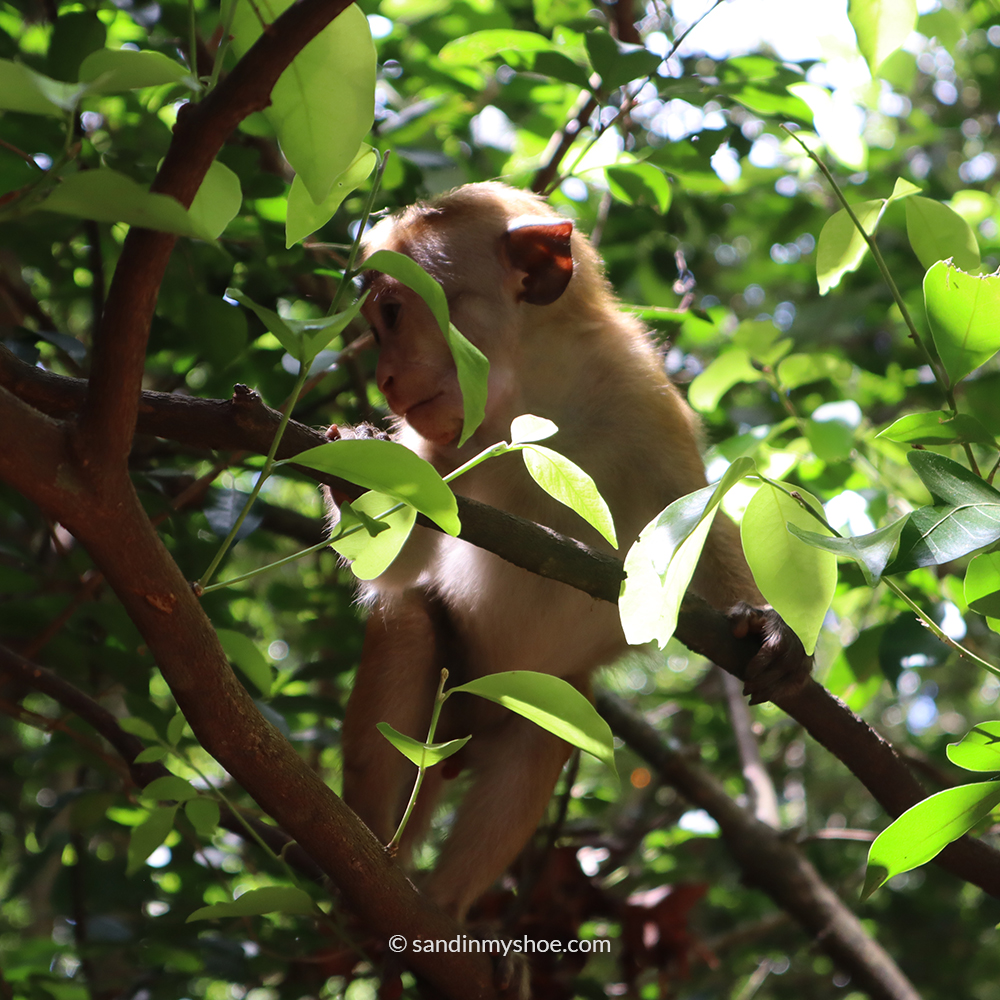
I went on a full day safari in Wilpattu. It was a long day, but the afternoon brought the best wildlife encounters, so it was worth it. We were three in the jeep, and each of us paid $61 per person in total. Keep in mind that this is almost half the price of online bookings, but it takes time to find a good deal and negotiate the cost. If you want to save time, have a look the table below of Sri Lanka’s national parks, including links to trusted tour operators with good reviews for booking online.
| National Park | Half-day | Full-day | Highlights | Booking |
|---|---|---|---|---|
| Wilpattu National Park | ~$80 | ~$120 | Less crowded, more authentic experience | Book Safari |
| Minneriya National Park | ~$80 | ~$120 | Massive elephant gatherings | Book Safari* |
| Yala National Park | ~$60 | ~$90 | Plenty of leopards | Book Safari* |
| Udawalawe National Park | ~$60 | ~$90 | Elephants | Book Safari* |
* Take note that the link to the tour does not include the actual entrance ticket for the national parks. That needs to be purchased separately at the entrance of the national park.
Cost of Cultural Sights
During my trip, I explored the heart of Sri Lanka’s Cultural Triangle. The most famous sites are Anuradhapura, Sigiriya, and Dambulla, but I also hiked Pidurangala Rock and visited the peaceful Ritigala Monastery. Here’s what I paid at each spot:
| Sight | Highlights / Notes | Entry Fee (USD) |
|---|---|---|
| Anuradhapura | Ancient city with sacred Buddhist sites | ~$35 |
| Sigiriya | Iconic rock fortress | ~$35 |
| Pidurangala Rock | Pidurangala hike is the best way to see the Sigiriya Rock fortress | ~$3 |
| Dambulla | Cave temple complex with Buddha statues | ~$10 |
| Ritigala Monastery | Forest monastery with ruins and scenic hiking trails | ~$6 |
I especially enjoyed hiking Pidurangala Rock—it’s cheap, not as crowded as Sigiriya Rock, and gives one of the best views of Sigiriya Rock. Ritigala was my favorite for a quiet walk through the ruins surrounded by nature. Altogether, I spent $89 to see all five sites, which felt like excellent value for such unique experiences.
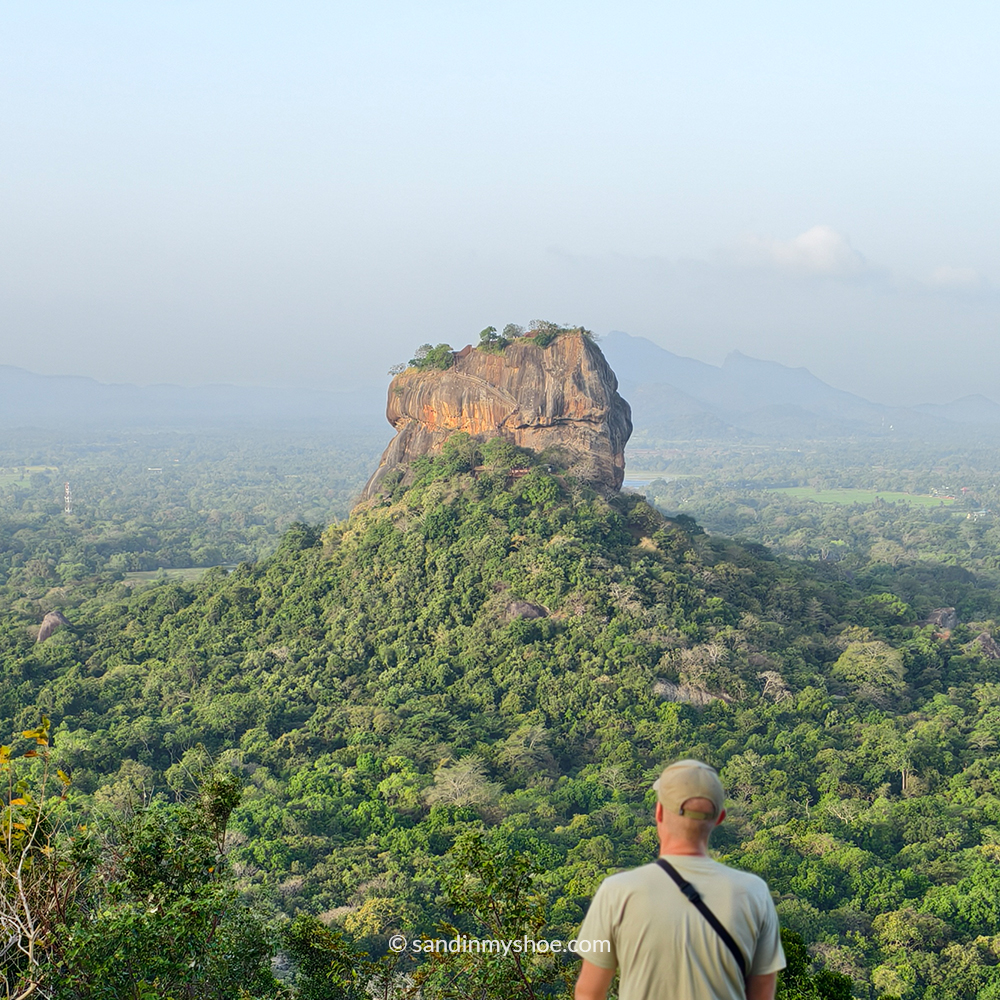
Cost of Surfing
During my visit, I went to Arugam Bay, as it was in season. Surfing for a few hours on two separate days cost me just $10 altogether.
- Surf session: $20–$25 (includes board rental)
- Board rental only: from ~$5 for a couple of hours or ~$10 per day
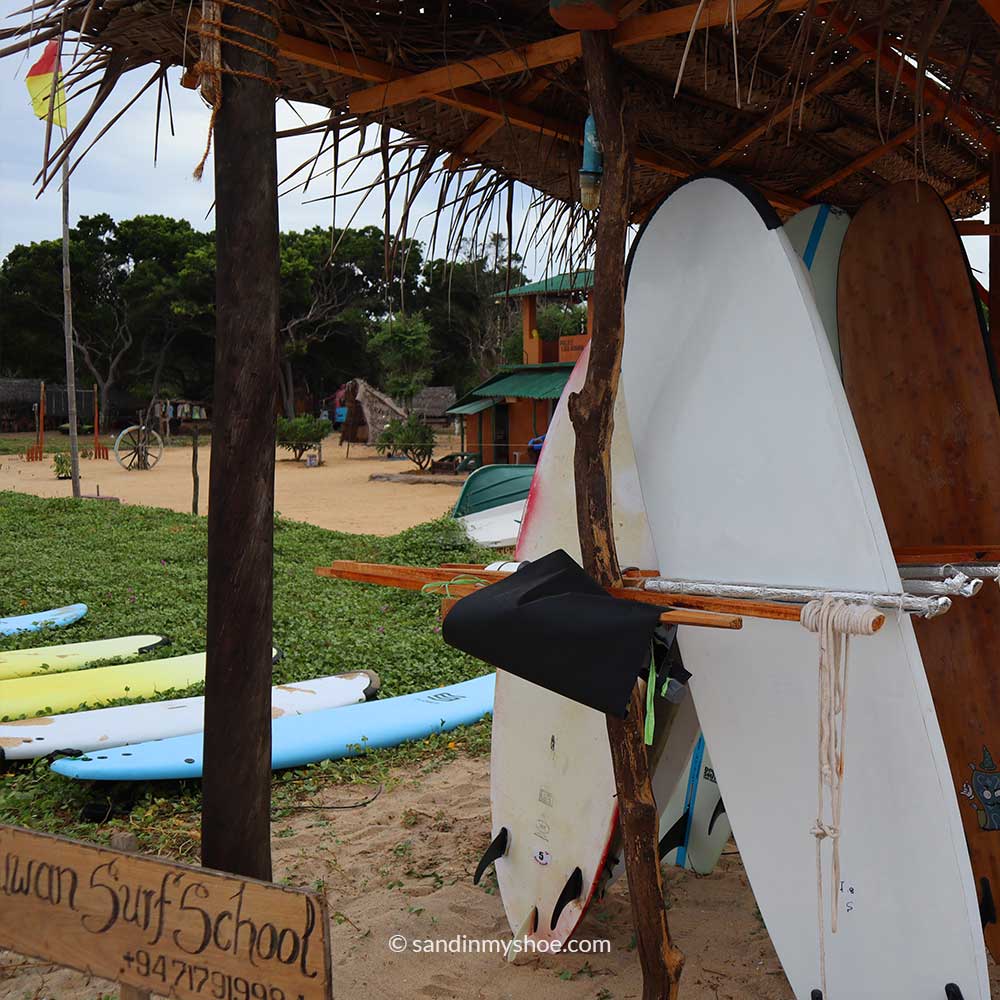
Monsoon seasons and surfspots
Sri Lanka has two main coasts for surfing: the south coast and the east cost. Each coast has its monsoon season, but the good news is that when one coast is affected by the monsoon season, the other is usually surfable. You just need to plan according to the season.
Here’s a quick overview of the main surf spots, their level, and what to expect:
| Surf Spot | Coast / Season | Level | Notes |
|---|---|---|---|
| Weligama | South (Nov–Apr) | Beginner / Longboard | Gentle beach break, many surf schools |
| Hiriketiya | South (Nov–Apr) | Beginner | Fun waves, good nightlife |
| Midigama | South (Nov–Apr) | Intermediate | Reef breaks |
| The Rock (Kabalana) | South (Nov–Apr) | Intermediate | Best A-frame, chest-to-head-high waves |
| Arugam Bay | East (May–Sep) | Intermediate/High Beginner/Intermediate | Main Point: legendary right-hand point break, Peanut farm beach: sandy bottom |
Other costs
Cost of Data in Sri Lanka
I grabbed a SIM card at the airport with 30 GB of data for 30 days, costing just $10. If you prefer eSIMs, YeSim is a fast and hassle-free option to stay connected right from the start.
Visa Costs for Sri Lanka
The 30-day Sri Lanka visa cost depends on your nationality. Travelers from Southeast Asia pay $25, while most other nationalities pay $60—an important detail to keep in mind when planning your Sri Lanka travel budget. For me as a swedish traveler, the visa cost was $60.
Your Sri Lanka Adventure Awaits: Make It Happen Within Your Sri Lanka Travel Budget
Traveling solo in Sri Lanka was an enriching experience that balanced adventure with affordability. By embracing local culture, opting for budget-friendly accommodations, and prioritizing experiences over luxury, I was able to immerse myself fully in the island’s offerings without overspending.
Whether you’re a backpacker, a flashpacker or somebody with a serious budget, Sri Lanka caters to all styles of travel. The key is to plan according to your preferences, stay flexible, and be open to negotiating for better deals when possible.
If you’re considering a similar journey, I hope this breakdown helps you plan your own memorable and budget-conscious adventure. By sharing costs with a travel partner, the same trip I experienced can fit into a Sri Lanka travel budget of roughly $45 per person per day, compared to $60 when traveling solo.
Feel free to reach out with any questions or share your experiences in the comments below!

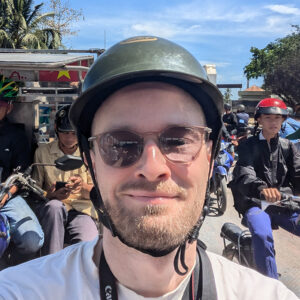
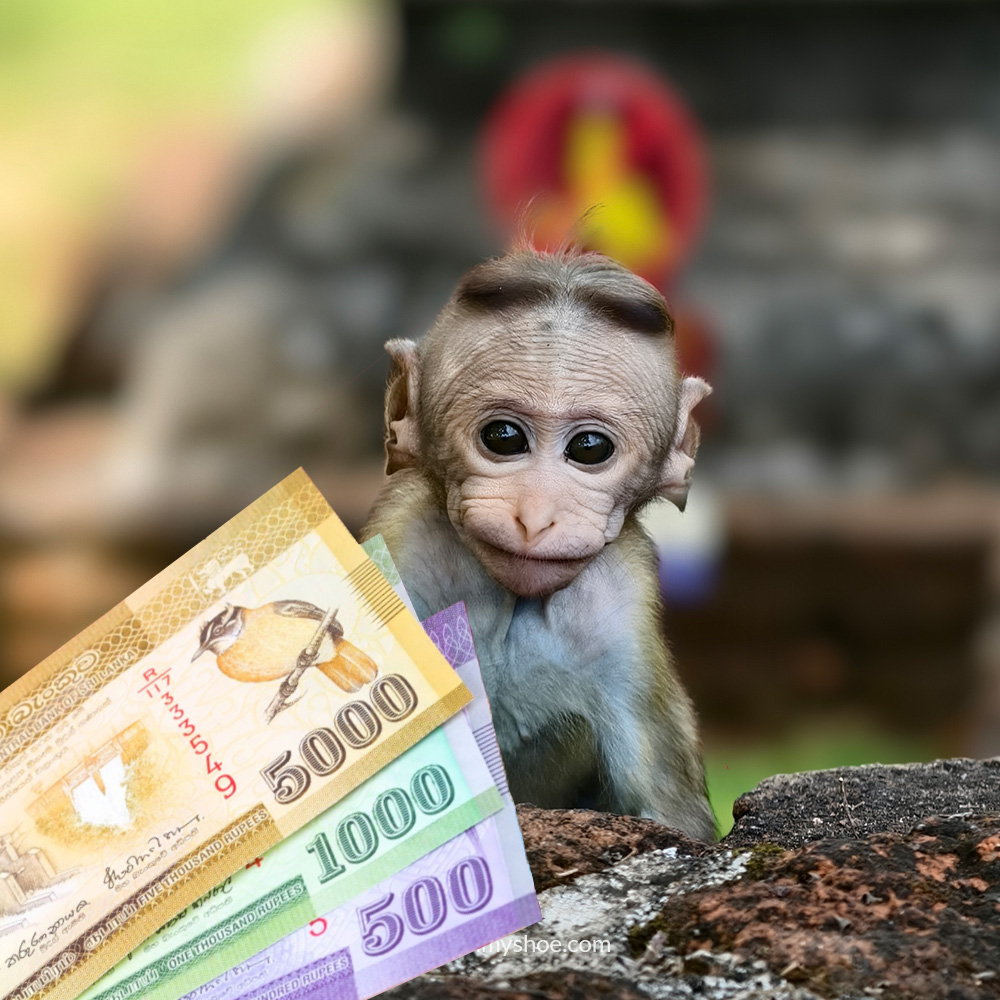
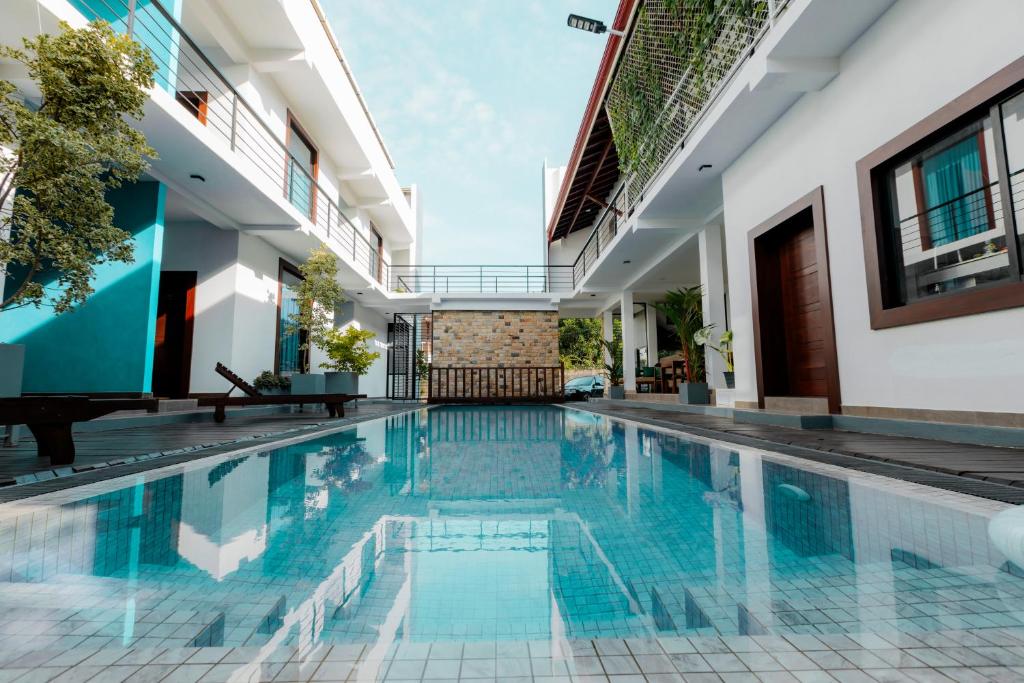
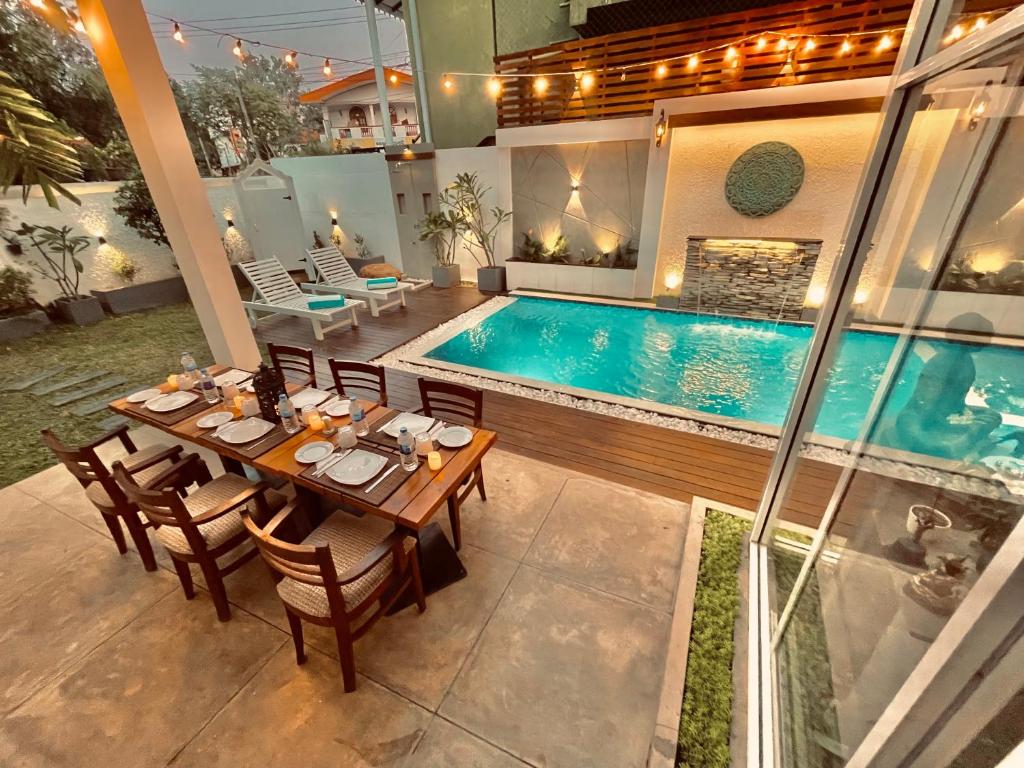
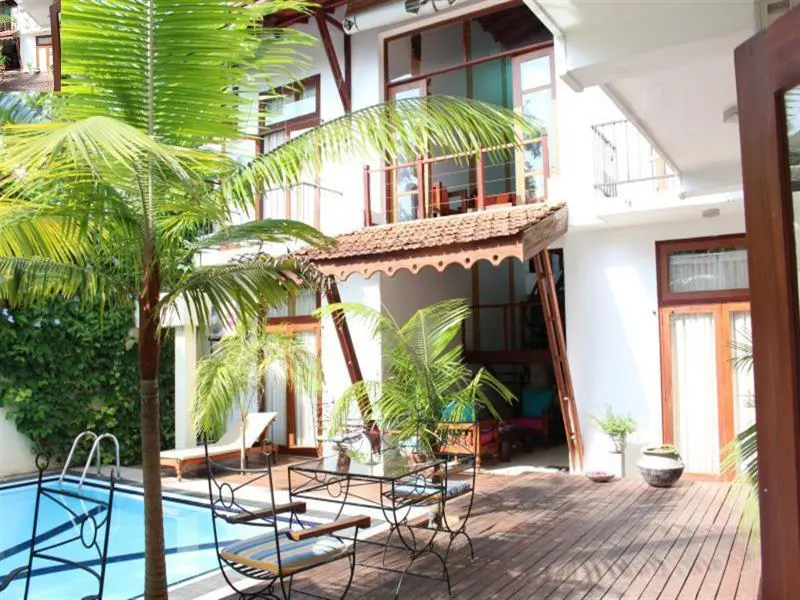
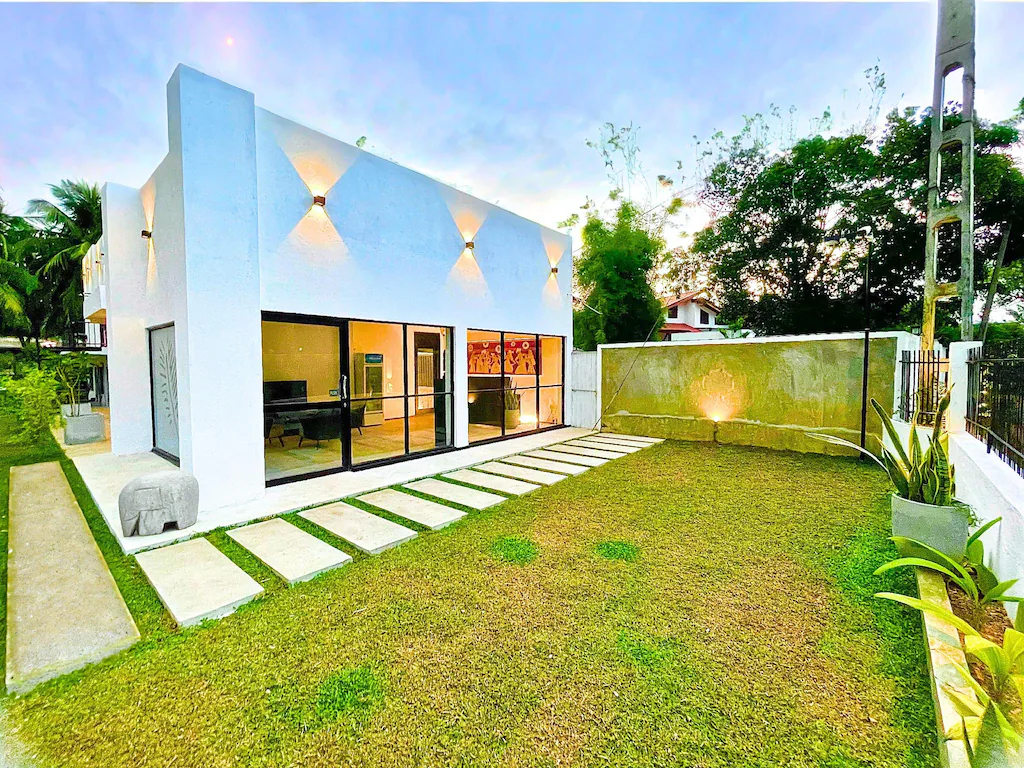
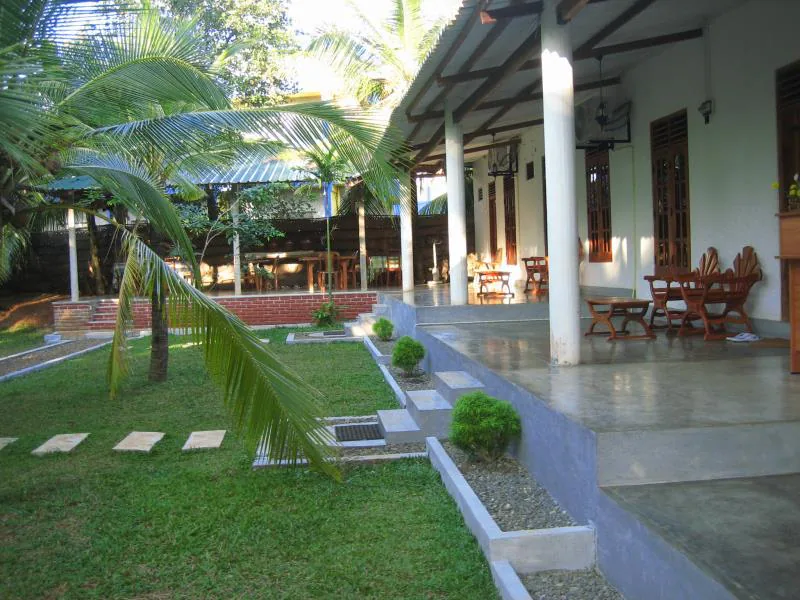
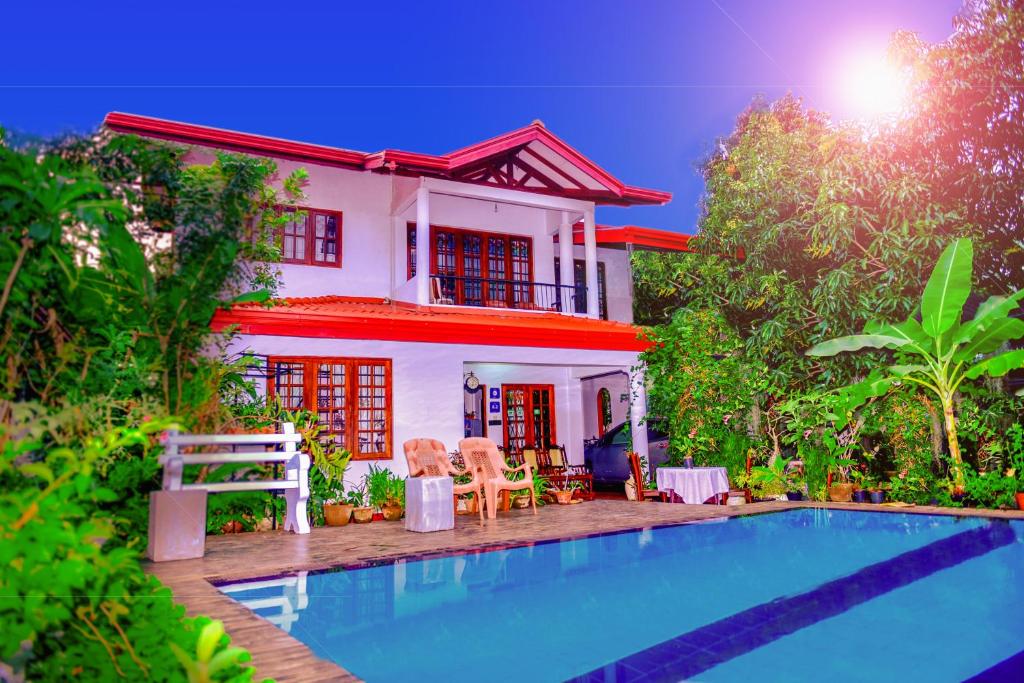
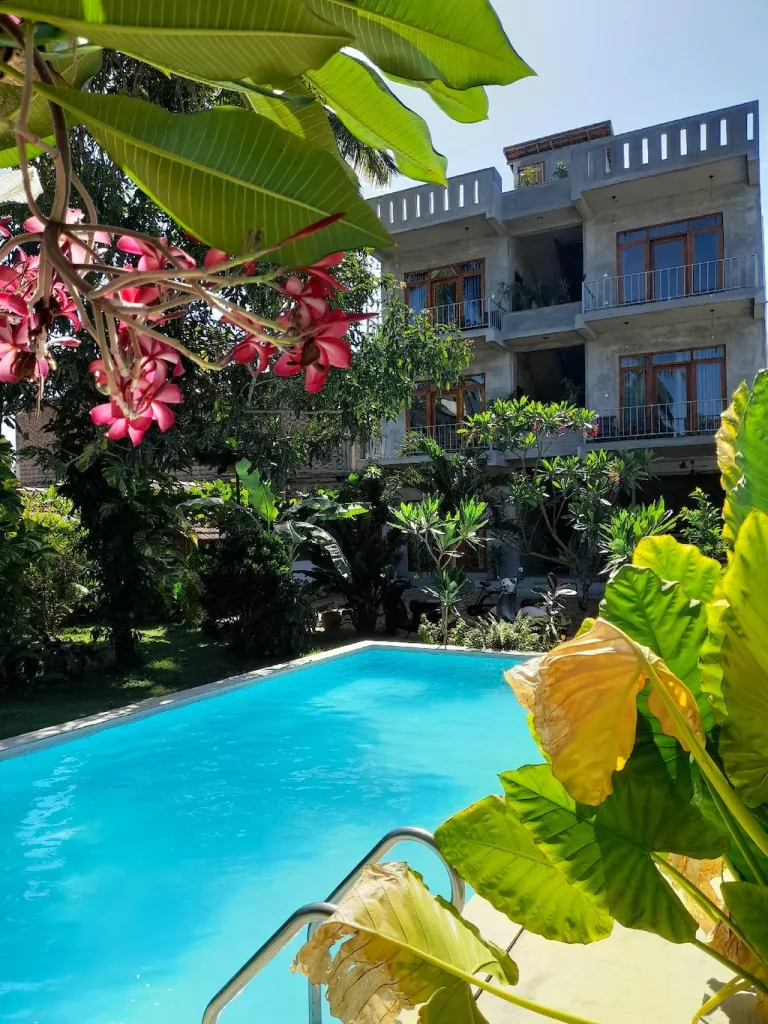
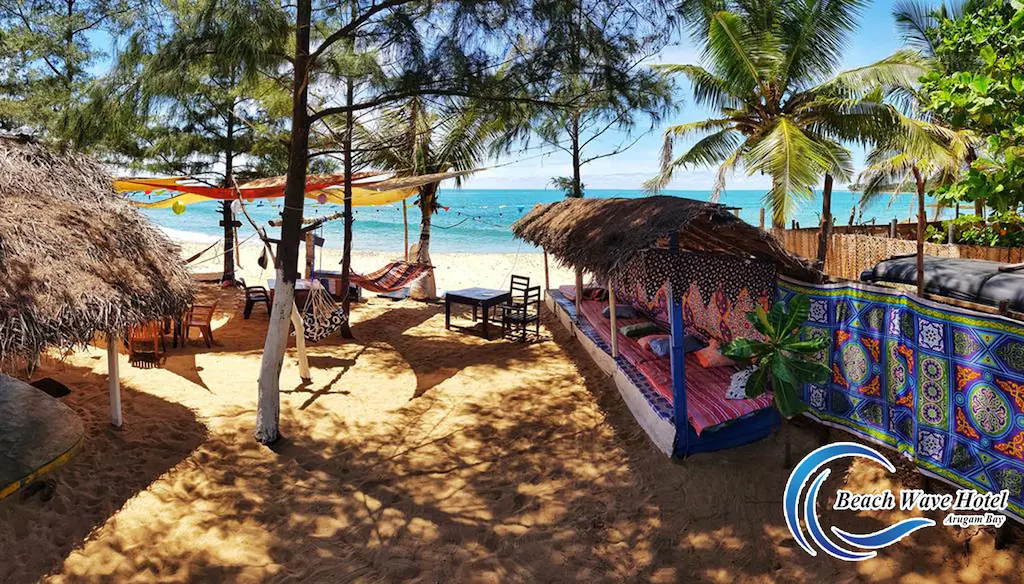
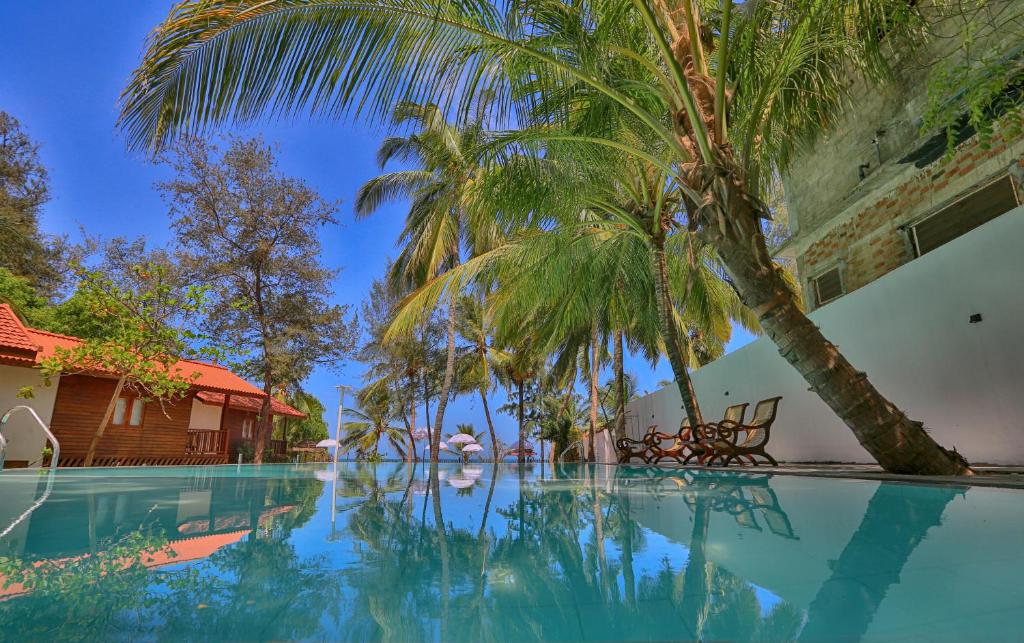





Thanks for the detailed information. It is very helpful as we plan our 3+ week to Sri Lanka and 4/5 weeks in Malaysia.
Cheers,
Stephen
I’m glad it helped!